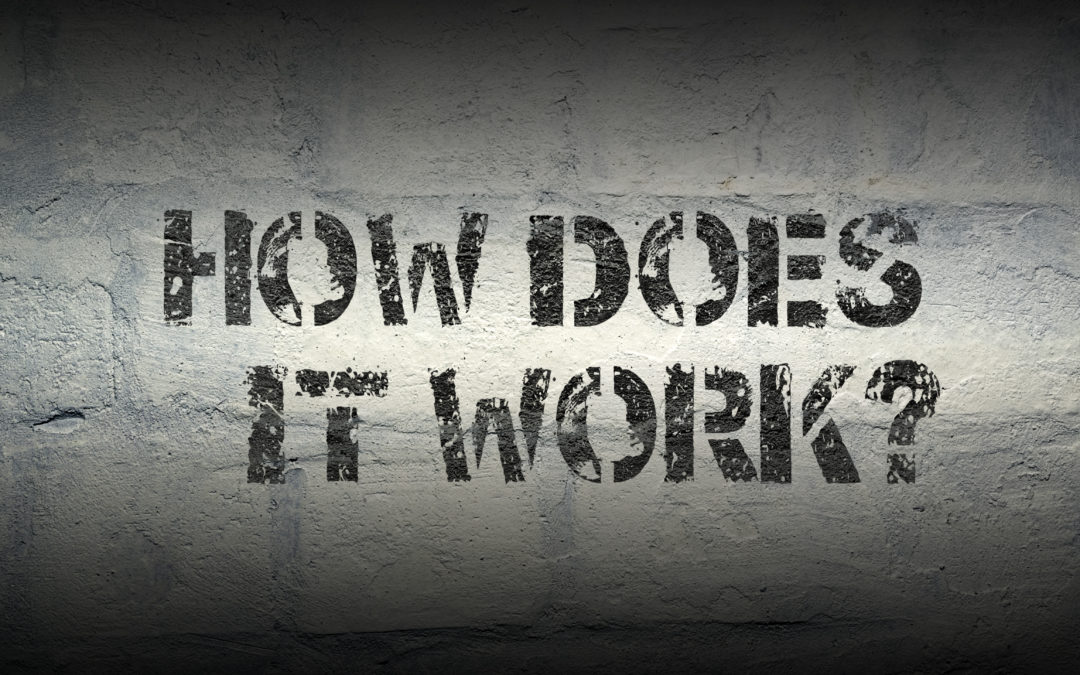If you’ve ever financed a vehicle purchase or lease, taken out a home mortgage, made payments on a television or even helped your children pay for college with an education loan, then understanding how equipment financing works will be a piece of cake.
For business owners, equipment financing works very similarly to other types of financing—you specifically use the funds to obtain essential business equipment, you agree to terms with your lender and at the end of term you own or return the equipment based on whether you chose to financing an equipment lease or purchase.
What Equipment Financing Can Look Like in the Real World
Here’s a generic scenario… You’re starting or expanding your business. Whether it’s a restaurant, a printing company or a healthcare business, you’ve estimated the equipment you’ll need at $100,000. Rather than dig into your personal or business savings for the money to buy the equipment outright, you decide to finance it, which leaves your cash reserves as a cushion for emergencies and daily operations, hiring, marketing and other expenses. Ideally, the profit your business generates from having the essential business equipment you need to compete successfully in your marketplace is more than enough to cover the monthly payments on your equipment purchase or lease loan. In other words, the equipment more than pays for itself each month.
Are Equipment Leasing and Equipment Financing the Same Thing?
No. In a nutshell, equipment financing and equipment are only the same in that you make monthly payments.
| Equipment Financing | Equipment Leasing |
| You own the equipment at the end of the loan’s term. | Lessor owns the equipment and leases it to you for a set term, after which you have the option to either return the equipment, renew the lease or purchase the equipment for the then Fair Market Value (FMV). |
| Collateral (business or personal) usually is required to secure the financing. | In most cases, no collateral issues required since equipment is the collateral. |
| Smart option for obtaining equipment with a long use life. | Smart option for equipment with a short use life due to frequent tech upgrades, wear and tear, etc. |
Qualifying for Equipment Financing
Of course, it is easier to qualify for equipment financing with a high FICO score and a long history of running a successful business. However, those with credit blemishes and/or startup companies are not shut out of equipment financing if they choose the right lending partner.
Traditional lenders typically draw a hard line in the credit score sand at 650, meaning a credit score of 649 is an automatic equipment financing rejection. Their scoring models offer no wiggle room, nor do they take other factors into consideration, such as:
- Your company’s cashflow
- Number of years in business
- The type of equipment being financed
- The reason(s) your credit is blemished
LEARN MORE: Can I Finance Equipment with a 640 Credit Score?
Finding the Right Equipment Leasing Partner
Global Financing & Leasing Services (GFLS) approves equipment financing at no hard cap on the amount for a wide range of companies and a wide range of credits with no minimum FICO score requirement. Our team evaluates your credit history to find value and create an equipment financing solution that will work for you. See the possibilities by filling out an online application.

